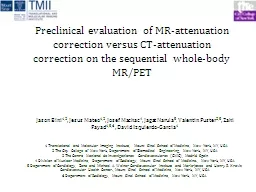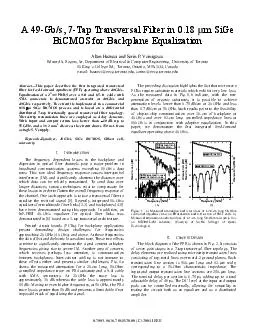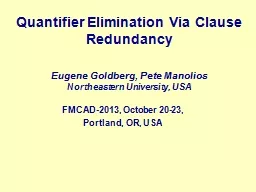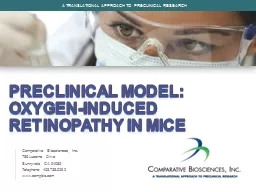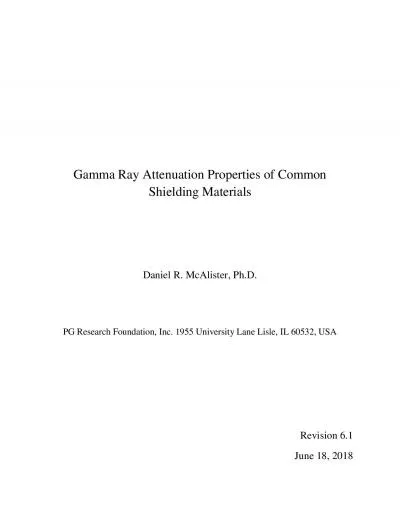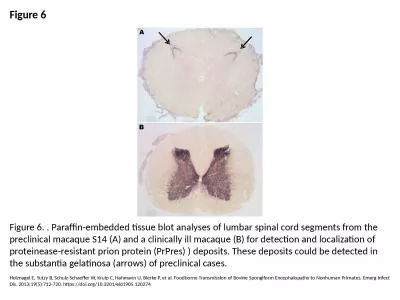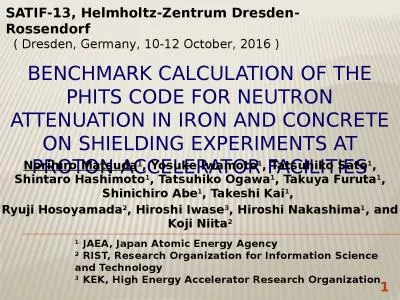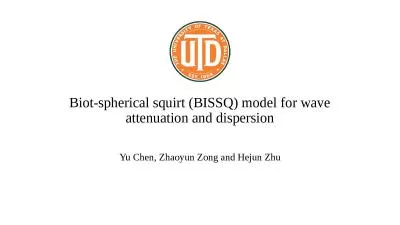PPT-Preclinical evaluation of MR-attenuation correction versus CT-attenuation correction on
Author : windbey | Published Date : 2020-07-01
Jason Bini 12 Jesus Mateo 13 Josef Machac 4 Jagat Narula 5 Valentin Fuster 35 Zahi Fayad 156 David IzquierdoGarcia 1 1 Translational and Molecular Imaging
Presentation Embed Code
Download Presentation
Download Presentation The PPT/PDF document "Preclinical evaluation of MR-attenuation..." is the property of its rightful owner. Permission is granted to download and print the materials on this website for personal, non-commercial use only, and to display it on your personal computer provided you do not modify the materials and that you retain all copyright notices contained in the materials. By downloading content from our website, you accept the terms of this agreement.
Preclinical evaluation of MR-attenuation correction versus CT-attenuation correction on: Transcript
Download Rules Of Document
"Preclinical evaluation of MR-attenuation correction versus CT-attenuation correction on"The content belongs to its owner. You may download and print it for personal use, without modification, and keep all copyright notices. By downloading, you agree to these terms.
Related Documents

